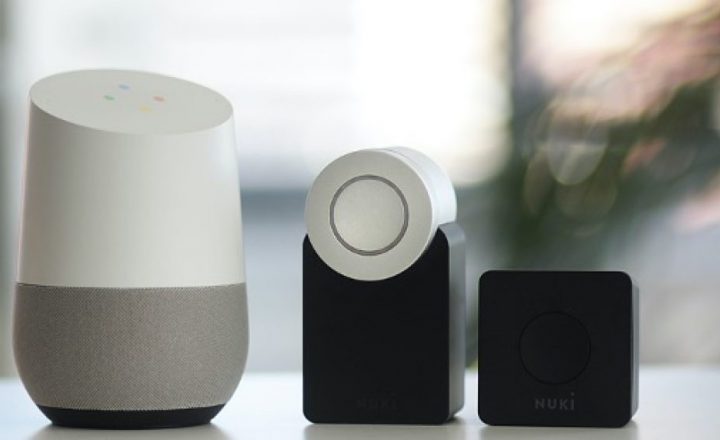COVID-19 has changed the way people work all around the world, particularly those who usually do it face to face with people. UX research is certainly no exception, but is it possible to still gain user insights without bringing them to the lab? At Bunnyfoot we have always had remote options in our toolkit but during the last few months, we have adapted the way we are doing all our research to work remotely.
As many businesses are adapting to new approaches, and user research is critical to business success, we thought we would outline some tips to getting it right.
1. Make sure you recruit the right people
Remote working brings the benefit of opening up research to a huge pool of people, as we are not restricted by geography, but it is still critical that you select the right people. Make sure you get participants that are actual users of your product or service. Use a specialist recruitment company to find and screen the most appropriate people.
2. Introduce yourself
As you don’t have the chance to shake hands (*bump elbows) and greet the participant face to face before your research session, you need to find another way to build rapport. One way to do this is to send them a biography of yourself, this could be a LinkedIn profile or just a short paragraph letting them know who you are. This makes the participant more comfortable and allows you to ask those sometimes-trickier questions a bit easier.
3. Ensure you have all the right tech
Selecting the right technology is key to being able to communicate with your participants. You should look to use a tool that allows you to video call and be able to share screens with each other. Depending on the research, you may want to allow them to control your screen too. Some useful examples are Zoom or GoToMeeting but there are many on the market to choose from. Take the time to ensure your participant is set up with this tech too. Contact them before the research session and do a quick run through, this way you don’t eat up valuable research time during the real session. Also, make sure the technology you choose assists people with accessibility needs, such as being compliant with a screen reader.
4. Planning is everything
Remote research can be harder to coordinate, so ensure you have spent time planning the steps and are fully prepared. Make sure the sessions have plenty of time both for the research but also between start times, just incase there are technology problems and session overrun. You should also plan how you will do your note-taking. Having an extra screen is great, but if you give control to your participant you won’t be able to use it for your notes. Make sure you have a pen and paper or another computer handy.
5. Run a pilot test
Timing your research sessions can be a bit different when communicating through video, and somethings just take longer. Do a practice session to test your timings and tighten up your discussion guide. This will avoid you overrunning and make sure you have a view of how your participants will interact with the service remotely. You will also be able to test the technology you are using and iron out any issues.
6. Have a back-up plan
Technology issues are bound to happen every now and then, so give yourself some options. Some video chat tools will allow you to dial in by phone, this could be an alternate way for your participant to provide their audio. Make sure someone else is viewing from your team as your internet may cut out and you’ll need them to jump in. They can then reassure the participant you will be back with them shortly.
If you would like to discuss running research with Bunnyfoot, or may be interested in our participant recruitment company Bunnyfield, get in touch, we’d love to talk.
Learn more





